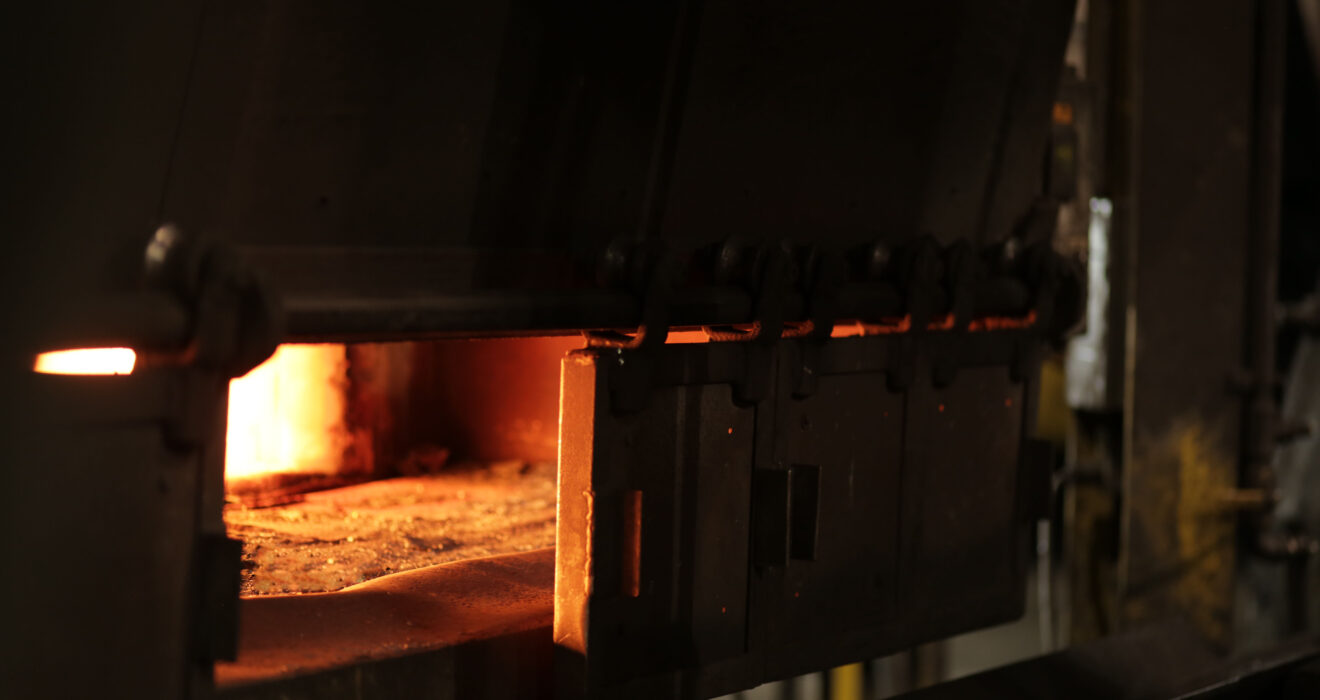Forging 101
A History of Forging
Forging metal has been a skill and tradition since 4,000 B.C. The first metals to undergo forging were gold, bronze, and iron, being used for jewelry, weapons, and tools. To form the metal into the desired shape, a rock was used as the hammer to strike the material; talk about old school! Smiths continued to forge bronze and iron into forgings until the late 19th century when the discovery of steel changed the entire industry and the economy worldwide.
Before steel, forging iron was not an easy task; the iron had to be heated to a high temperature for it to be malleable enough to form into a new shape. Smiths needed to act quickly and hammer away until the material needed to be heated up again, making them extremely skilled and precise. Hammer forging was the primary way to create forgings until the invention of the steam engine, a revolutionary breakthrough that changed the entire process and opened new doors for larger forgings, quicker production times, and higher quality. With steam and air hammers quickly being implemented in many forges, production sharply increased, and forging quickly became a large industry in the United States and Europe.
The Bessemer Process then changed the industry: refinement of alloys and removal of impurities allowed cheap steel to be produced, thus encouraging complete mass production of steel forgings and components. Low-cost, reliable raw steel was available to anyone that desired it, furthering the industry to even greater production and economic success.
With industry breakthroughs continuing to add to the success of steel forging, such as the solid-state electric induction oven, forging continued to be a valuable industry and provide value to anyone involved with it. World War II only magnified this, as the demand for forgings and metal components sharply increased to fulfill the need for weapons and aircraft components.
The forging industry today has enjoyed many successes and breakthroughs. With computer-controlled equipment, forging is more precise, safe, and efficient. A wide variety of forged items are present in diverse industries: aerospace, mining, heavy truck, off-road vehicles, automobiles, agriculture, and energy production are all industries that demand forgings. One can only speculate what the next breakthrough will be for forging!
The Basics of Forging
Forging metals into specific shapes can use a variety of materials. The most common materials used are steel, carbon steel, and alloy steel. Those all say steel in the name though, how are they different? The differences all come down to the chemistry of additional elements found in the steel.

